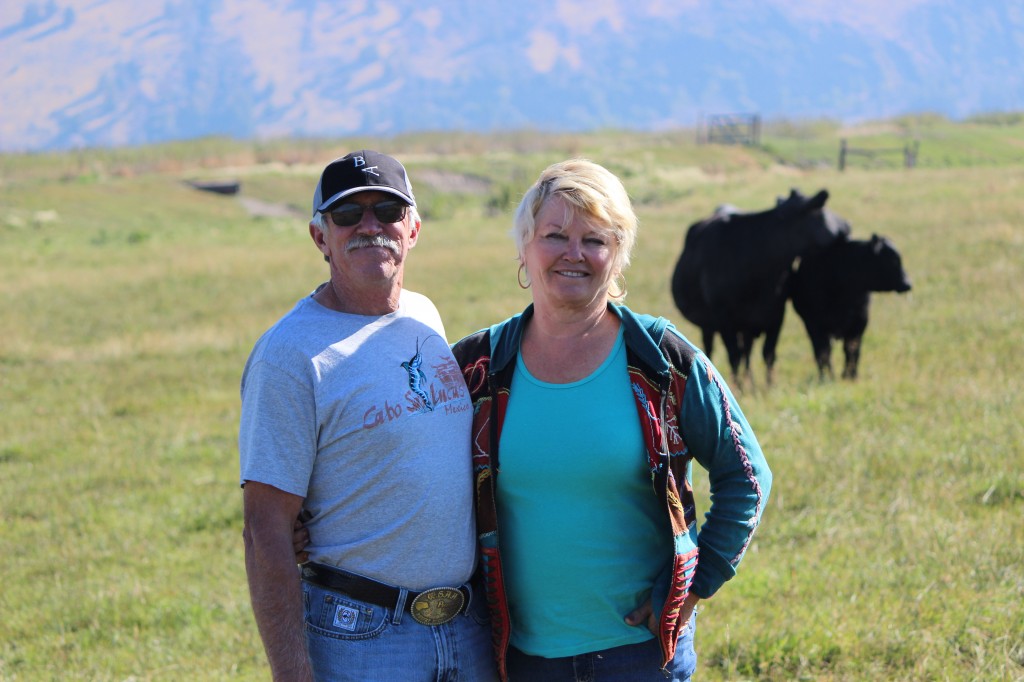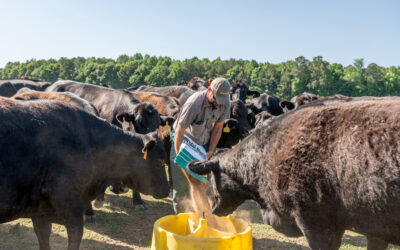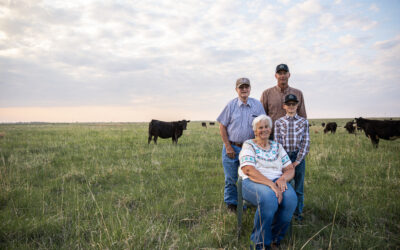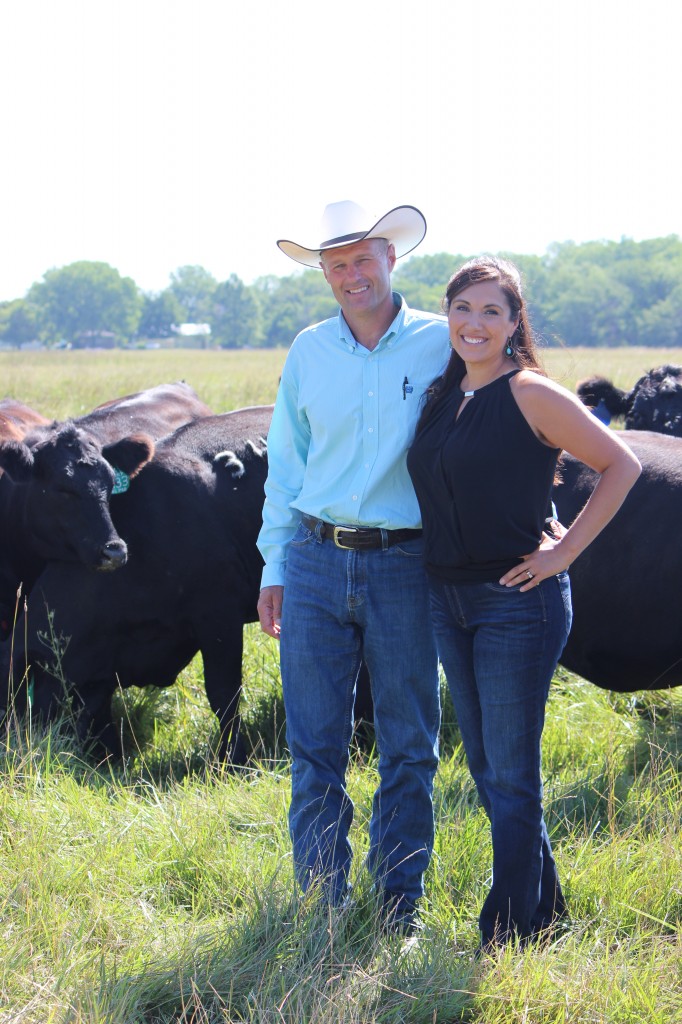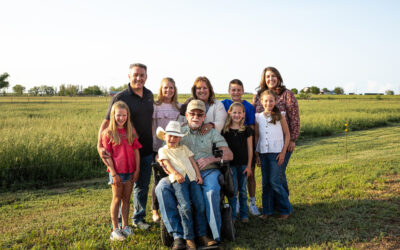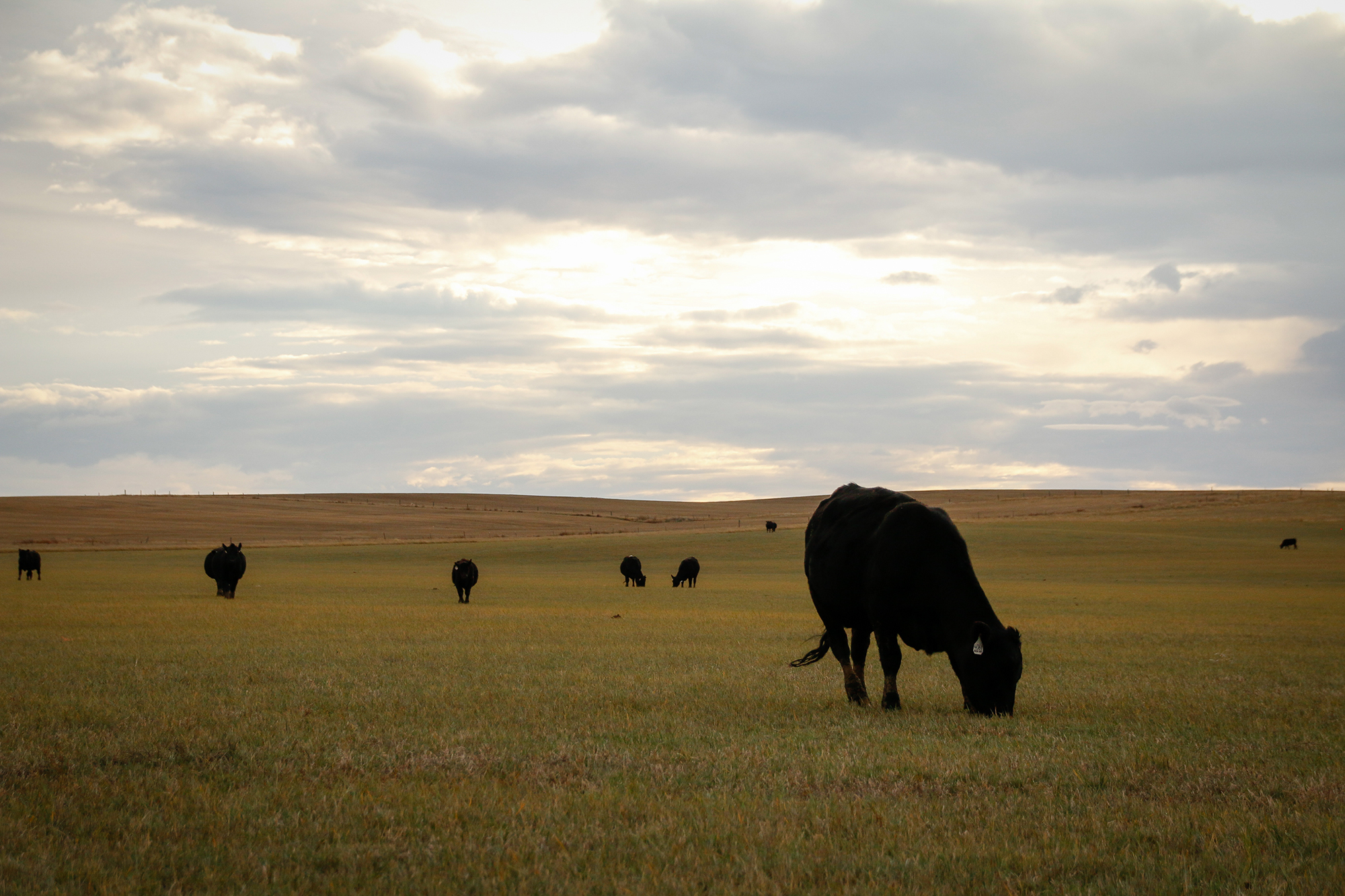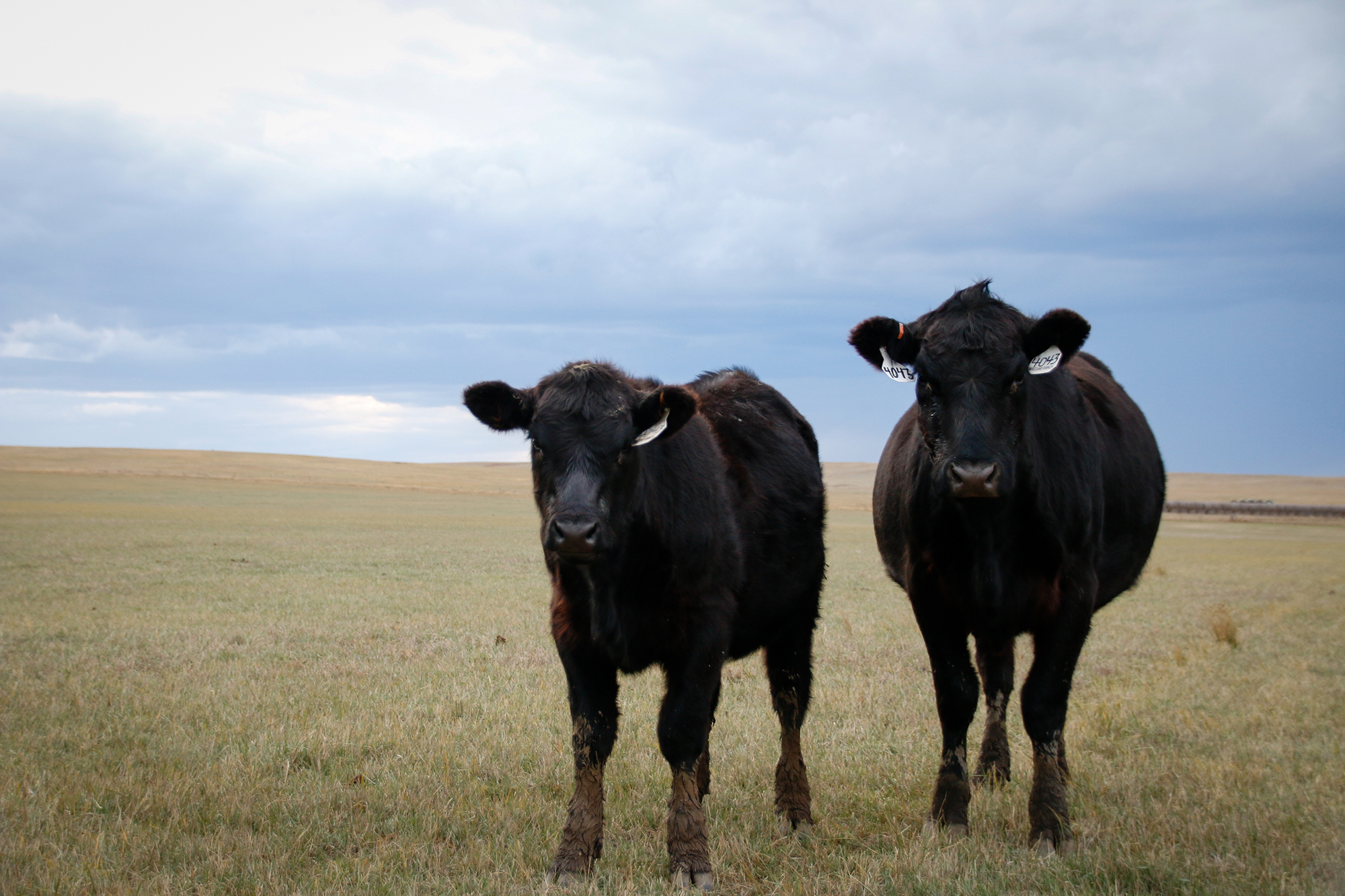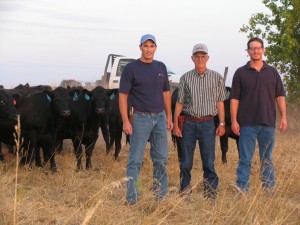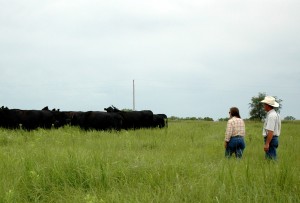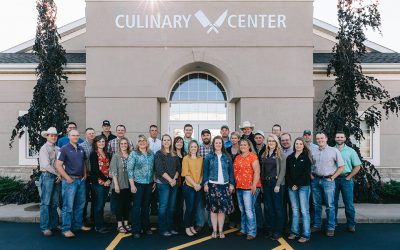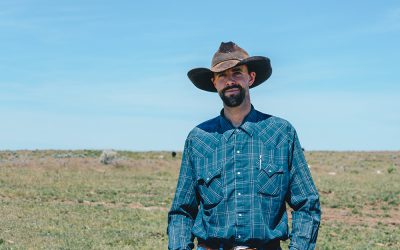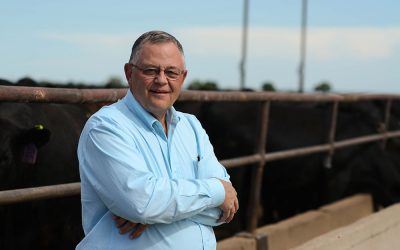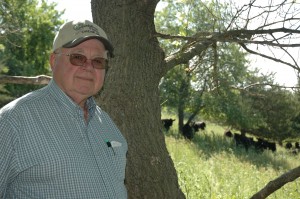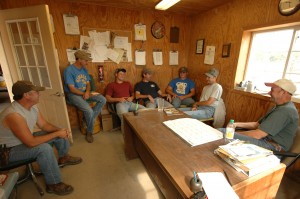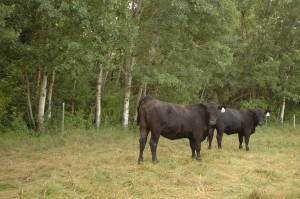
Not just a carcass program
I asked Doug Stevenson as he and Sharon showed me around their Columbus, Mont., ranch. The way he half-smirked, thought for a mere second, then chuckled and glanced back at his wife, gave him away.
“Maybe I ought to let her answer that.”
Sharon’s response? A laugh that told me I hadn’t quite pegged the reason behind Basin Angus Ranch’s steady march toward raising bulls that are consistently in the top 10% for both $W and $B.
Then it hit me. Patient and disciplined aren’t always synonymous.
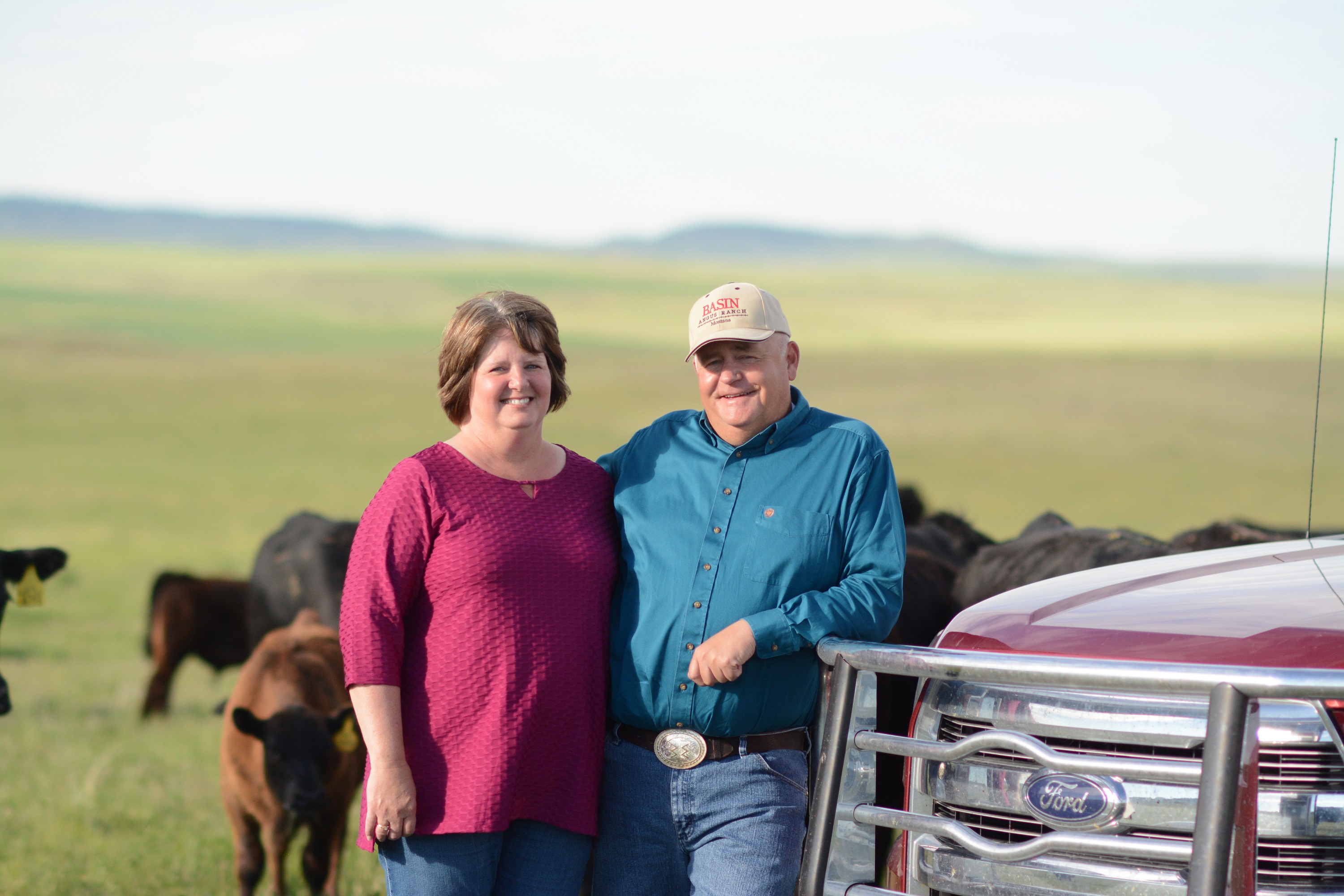
“Rather than going for extreme, we make sure the cattle do everything else right and then pick the best you can for the traits you’re trying to improve,” Doug says. “It’s been a long-term approach. We’ve been very fortunate to end up with some cattle that rank at levels that most people would call extreme on the carcass traits, but we didn’t do it by chasing the extremes.”
Methodical. That title fits.
A self-proclaimed “data freak,” Doug anxiously awaits the Friday morning American Angus Association updates each week.
He uses that and anything else available—like carcass data from cooperator herds and DNA testing nearly every head—to produce bulls that fit range environments, create females with staying power and steers with carcass quality worthy of premiums.
“We can’t give up on making a quality product,” Doug says. “The biggest increases we’re going to see in demand for Angus beef are all from areas where price of the product is a lot less important than quality of the product.”
As the sun went down over the Crazy Mountains, lighting the Absaroka and Beartooth ranges to the south in an orange glow, we talked about the most influential sires and dams in their program. I heard stories of growing up in the Judith Basin, raising three daughters on the ranch and about making hard decisions.
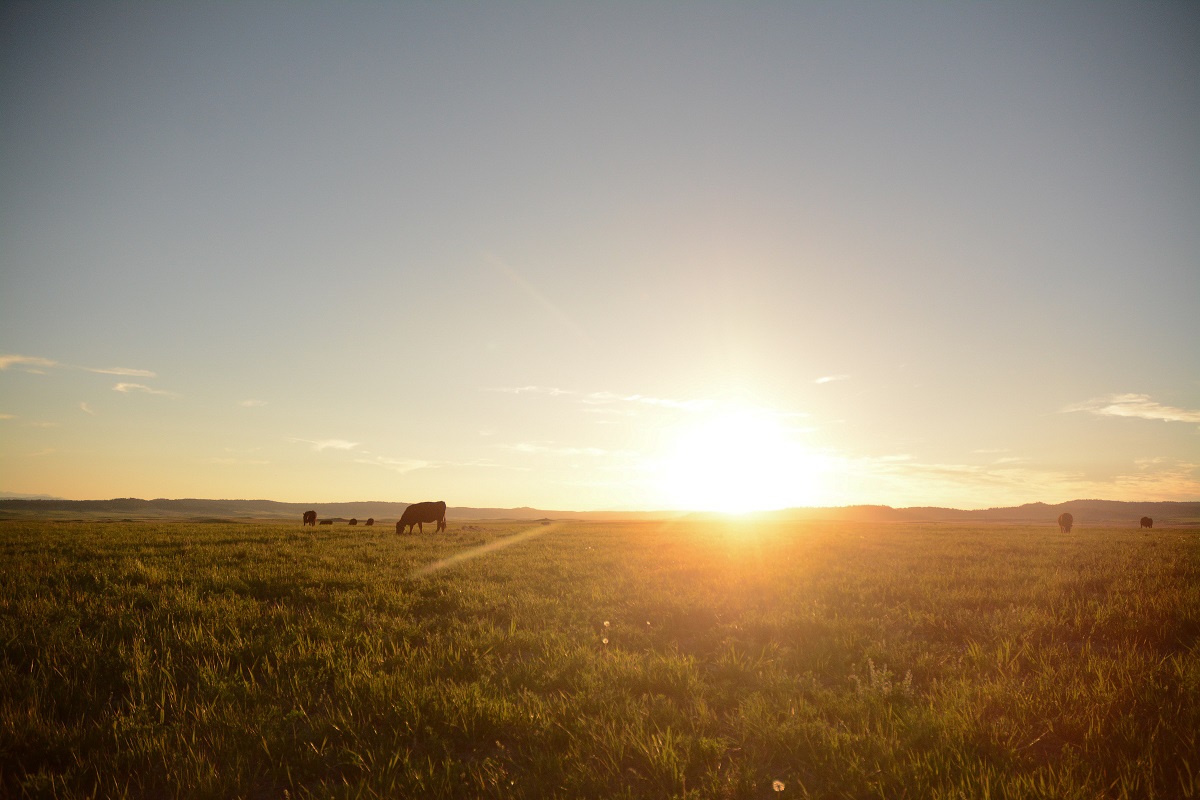
It was then that I knew these people were as good as the cattle I’d already heard so much about.
We talked about selling animals and the land that the family had worked so hard for—almost too hard—and how Doug anticipated a career in consulting. Then he saw that “last” crop of embryo calves in a cooperator herd, and it wooed him back to breeding some of the best.
“I realized I had what I’d been working my whole life for,” he says. “I knew we had some things that were going to be able to have a real impact in the breed.”
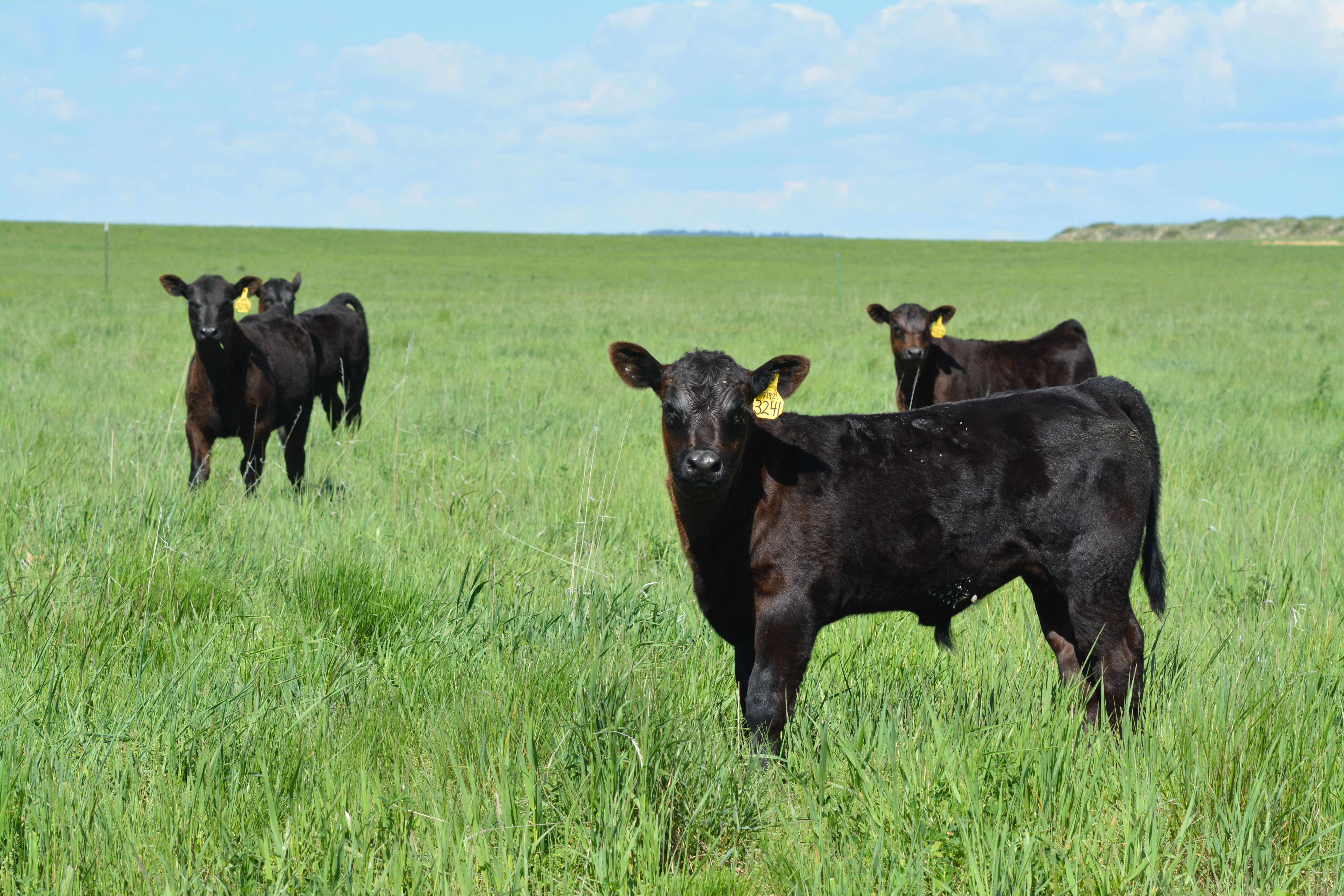
I’m not patient by nature. Perhaps that’s why I look for that trait in others, to see if I can learn from them. But really, it’s life experiences like my trip to eastern Montana this spring that help me practice it.
It’s been almost five months since I jumped in the pickup and crisscrossed pastures looking for the perfect shots. I visited the family because they are our 2017 Seedstock Commitment to Excellence honoree, but I couldn’t share that tale with the world until they walked across our annual conference stage in Nashville to accept the award.
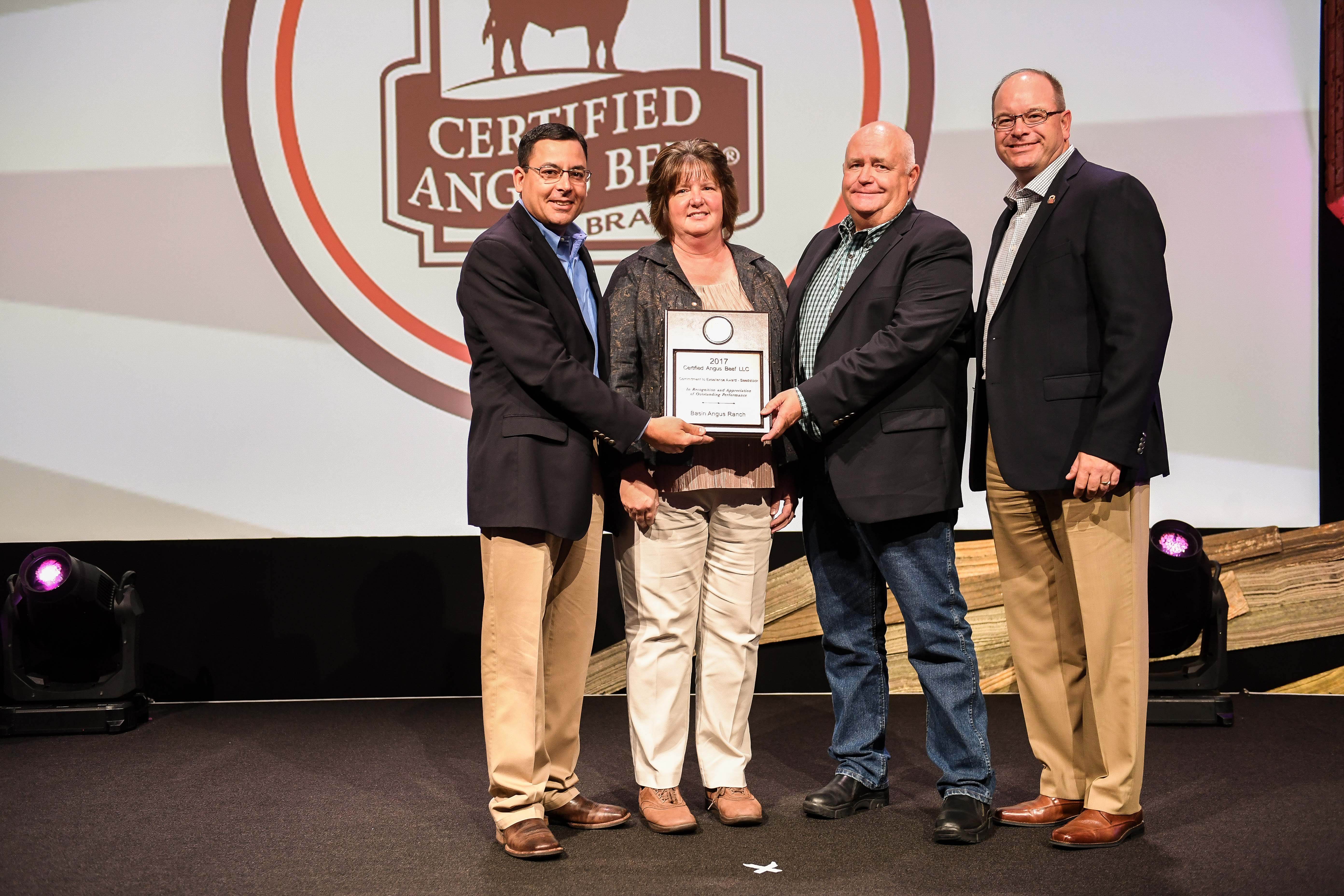
As they did, I was proud of them. Not because I had anything to do with the Stevensons getting their moment in the spotlight, but because I got a small glimpse of all it took to get there.
Steady, methodical, unwavering commitment to excellence.
May your bottom line be filled with black ink,
Miranda
PS–Check out the October Angus Journal to get “the rest of the story.”
You may also like
Marketing Feeder Cattle: Begin with the End in Mind
Understanding what constitutes value takes an understanding of beef quality and yield thresholds that result in premiums and/or discounts. Generally, packers look for cattle that will garner a high quality grade and have excellent red meat yield, but realistically very few do both exceptionally well.
Kansas Ranchers Recognized for Sustainability Efforts
Kansas’ Wharton 3C Ranch thrives despite droughts, winning the CAB 2023 Sustainability award. The data-driven, quality-focused approach of first-generation ranchers, Shannon and Rusty Wharton, yields 100% CAB cattle. Their commitment to sustainability and industry collaboration sets a bright future for the cattle business.
Saskatchewan Angus Ranch Earns Certified Angus Beef Award
JPM Farms in Canada quietly gained recognition for its dedication to environmental sustainability and quality cattle. The Monvoisin family earned the 2023 CAB Canadian Commitment to Excellence award for their outstanding results and partnership with Duck Unlimited, showcasing their commitment to improving the land, cattle and family daily.

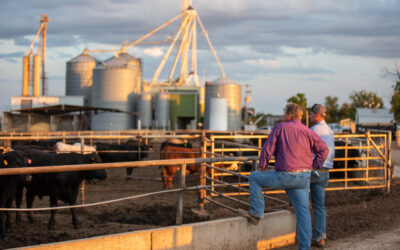
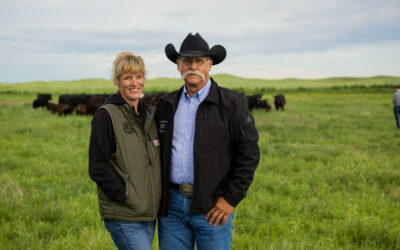
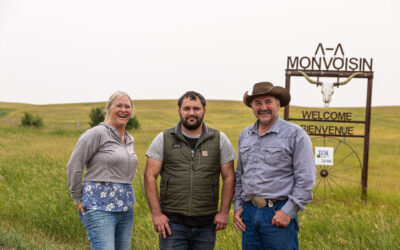

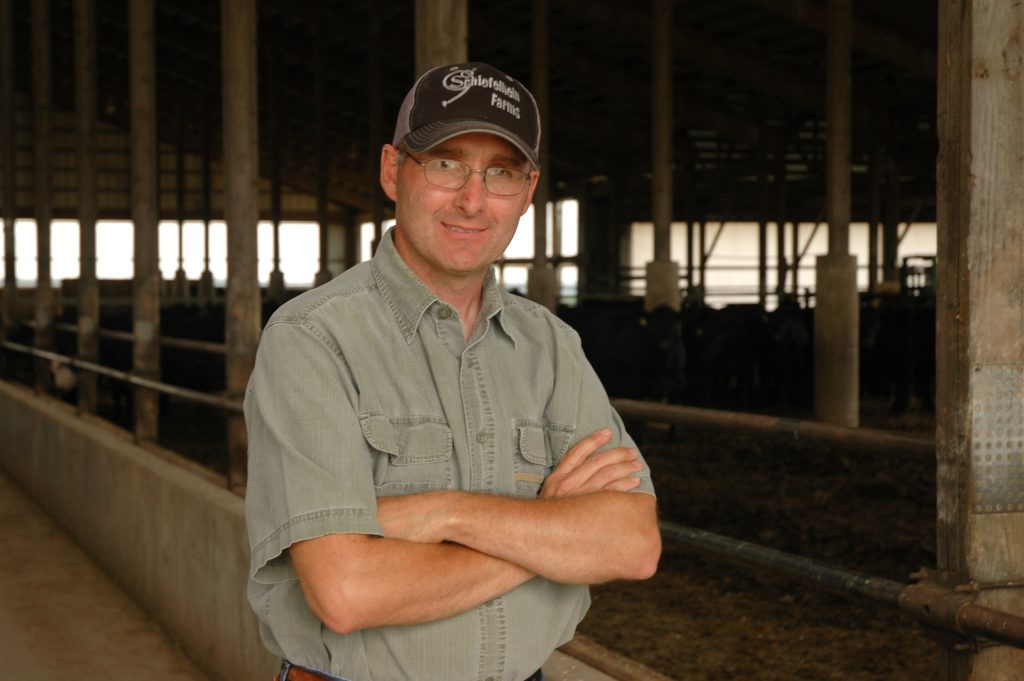
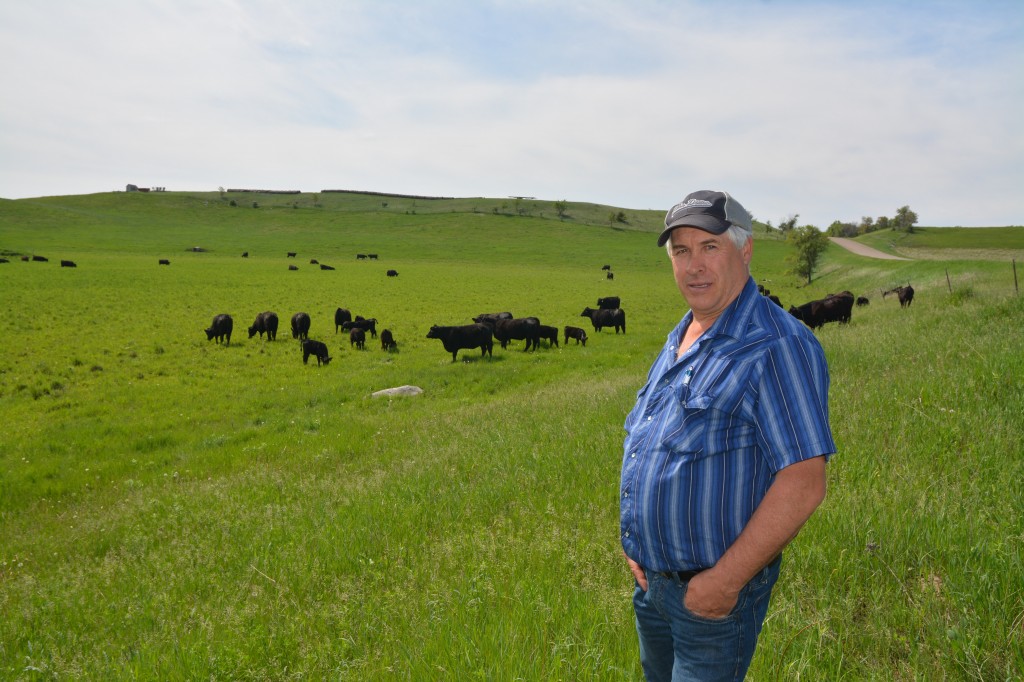
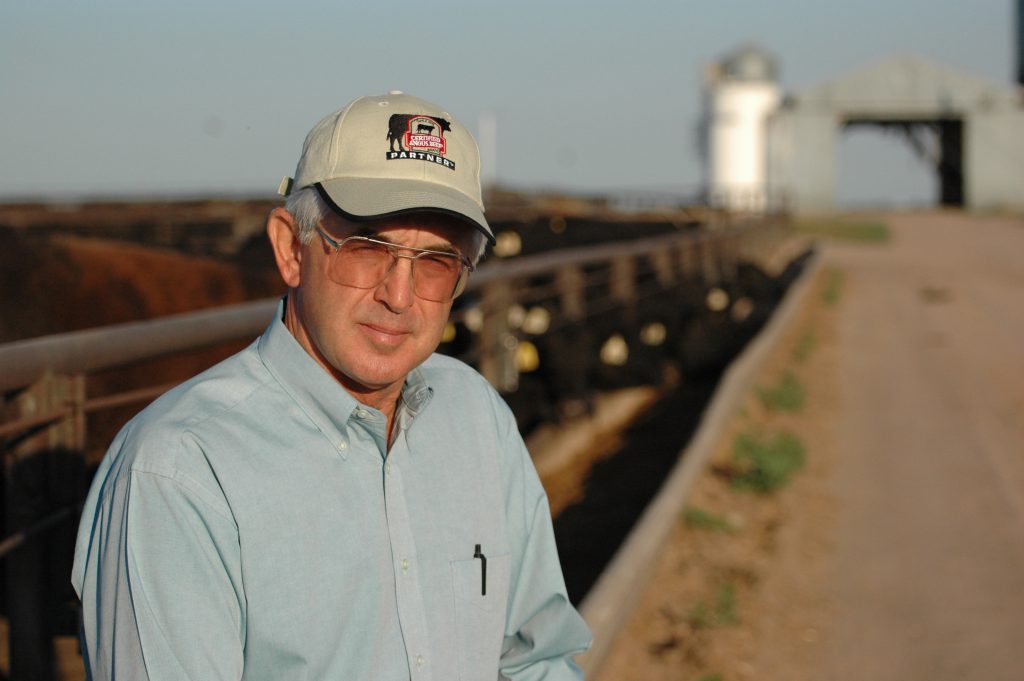
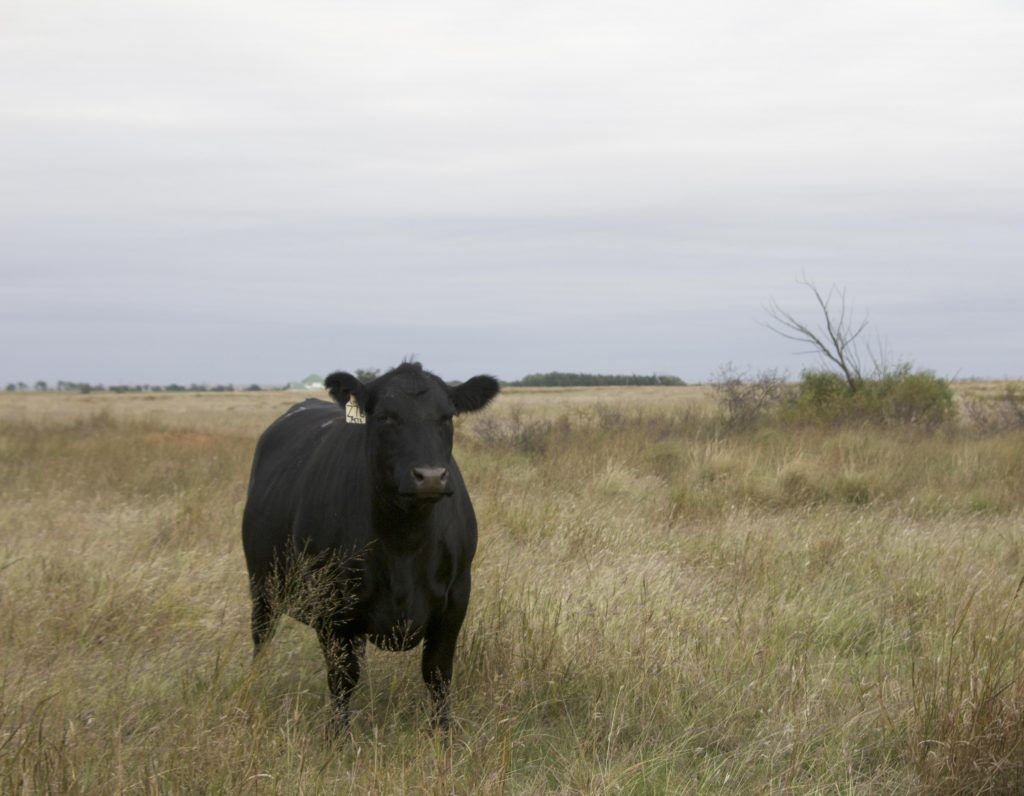
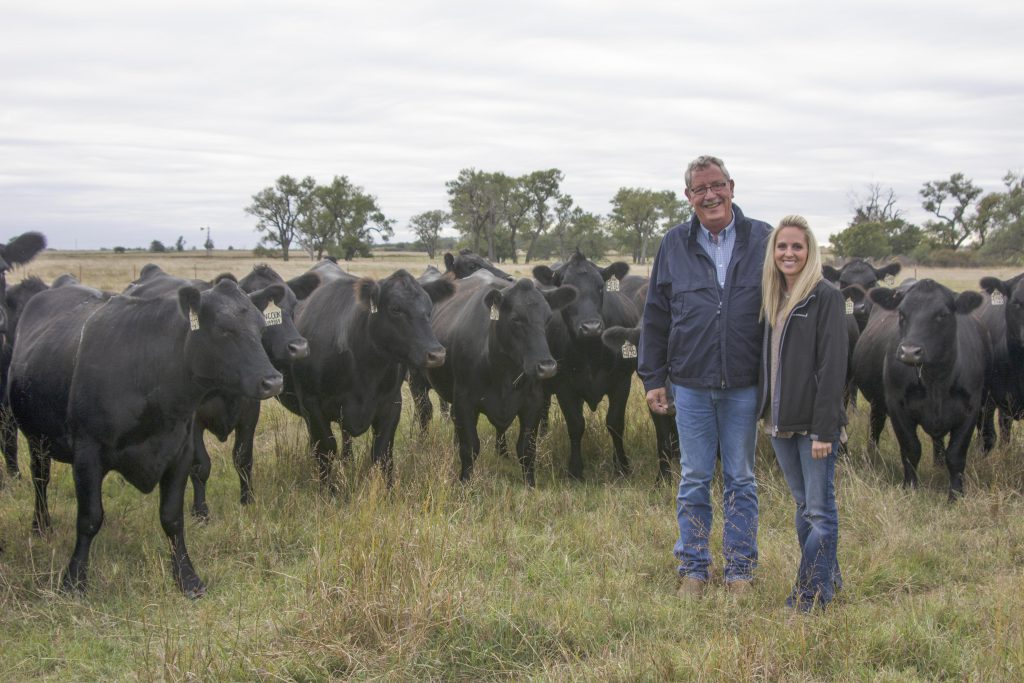
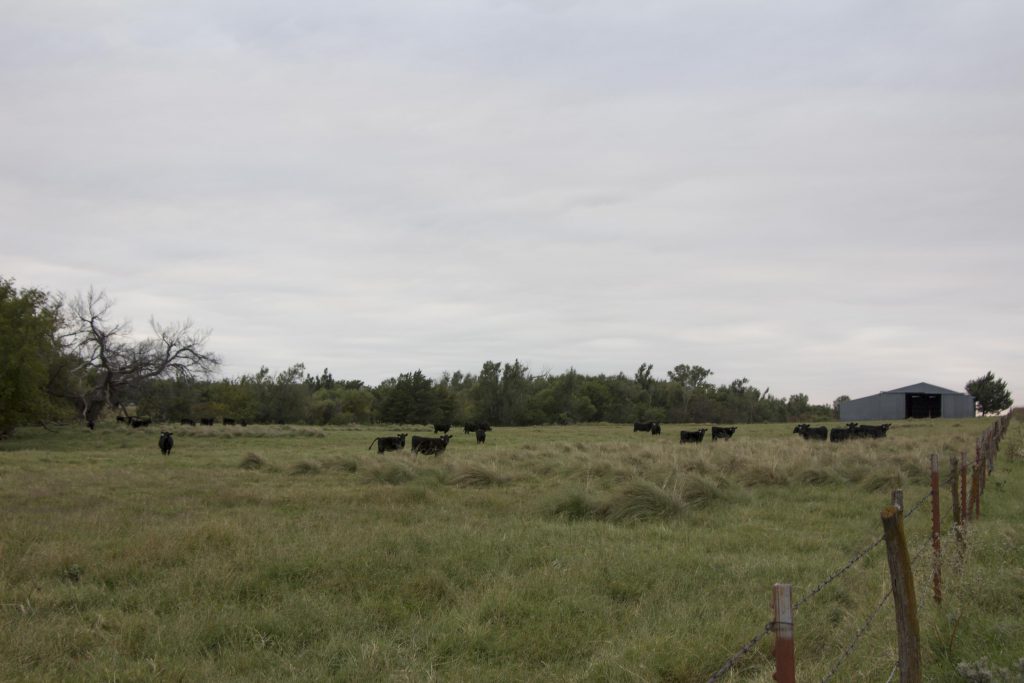
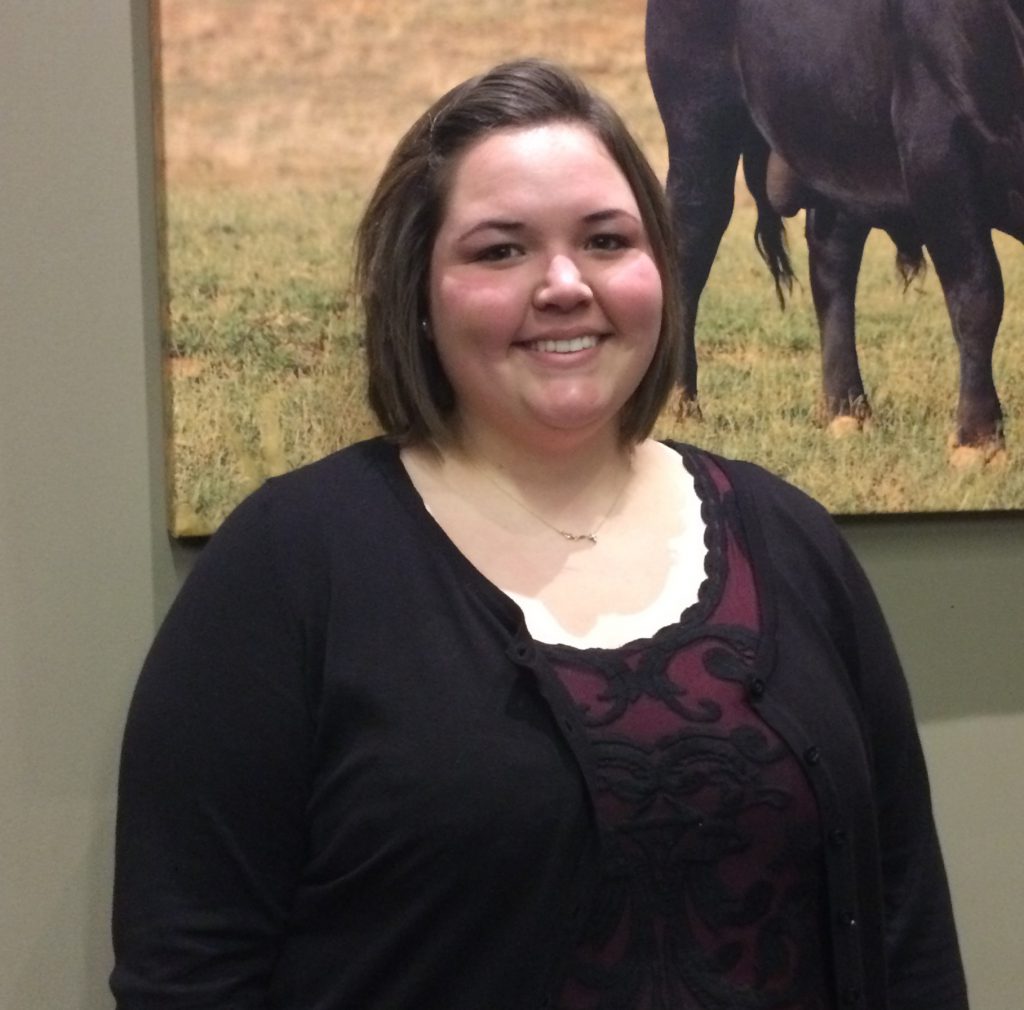
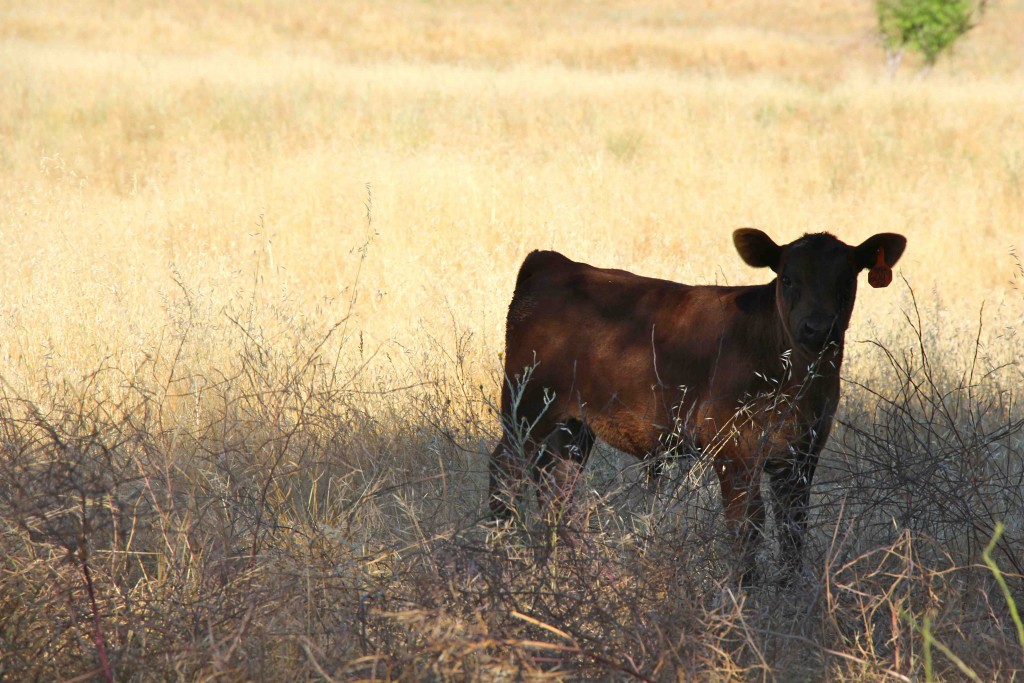 “We want to generate cattle that will go into our customer’s commercial operations and increase the value of their herds,” Abbie says simply. That includes making genetic breeding decisions that will put progeny in line to hit CAB marks. “We hope to do our part in increasing the level of brand acceptance.”
“We want to generate cattle that will go into our customer’s commercial operations and increase the value of their herds,” Abbie says simply. That includes making genetic breeding decisions that will put progeny in line to hit CAB marks. “We hope to do our part in increasing the level of brand acceptance.” “I do like pretty cattle,” she says. Years of showing hold too dear to her heart to ignore phenotype. “I’m not going to just breed off of paper. I want a bull to be attractive.”
“I do like pretty cattle,” she says. Years of showing hold too dear to her heart to ignore phenotype. “I’m not going to just breed off of paper. I want a bull to be attractive.”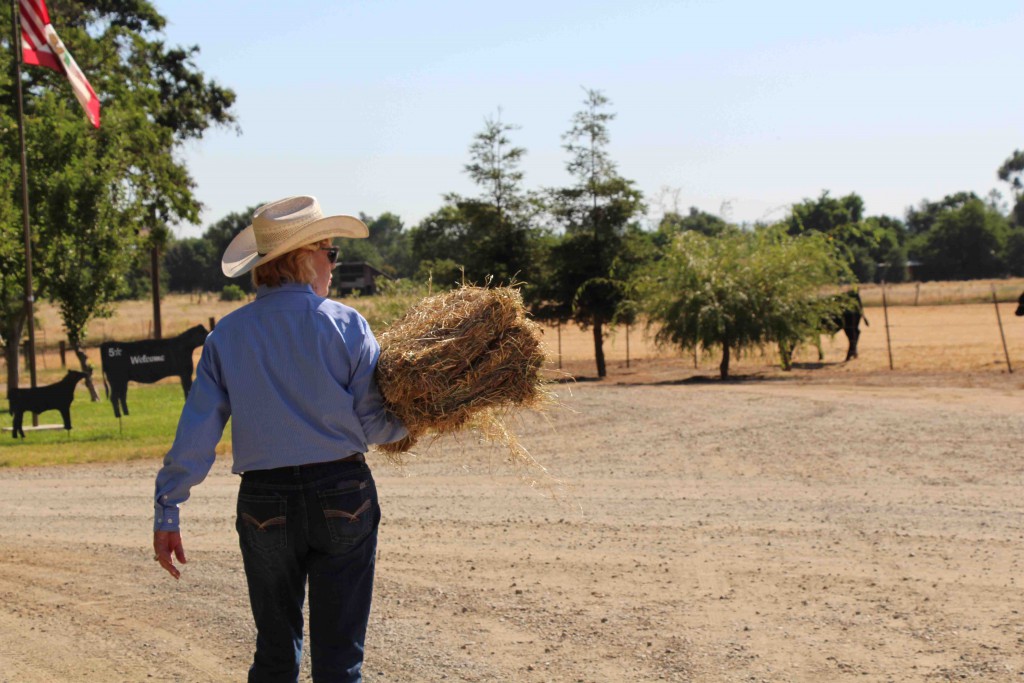 “They’re my therapy,” Abbie says. “I love the decision making, the genetics, the indexes. ‘Is your eye as good as you thought it was,’ or ‘Is this mating backed up by pedigree and performance?’”
“They’re my therapy,” Abbie says. “I love the decision making, the genetics, the indexes. ‘Is your eye as good as you thought it was,’ or ‘Is this mating backed up by pedigree and performance?’”
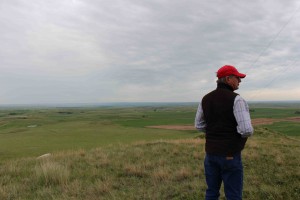 North Dakota summers aren’t quite like its winters but as I stood atop the highest point of the family’s expansive land, I could picture it. The bitterness of the cold, the surprise of sudden storms, the helplessness that’s felt when man battles the elements.
North Dakota summers aren’t quite like its winters but as I stood atop the highest point of the family’s expansive land, I could picture it. The bitterness of the cold, the surprise of sudden storms, the helplessness that’s felt when man battles the elements.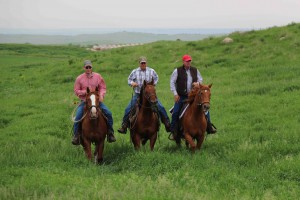
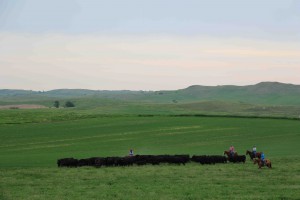 “We can have cattle that survive a blizzard up here at 20 or 30 below, and the same cattle can stand 110 or 115 heat in the summer, and yet produce a great, high-quality product,” Richard says.
“We can have cattle that survive a blizzard up here at 20 or 30 below, and the same cattle can stand 110 or 115 heat in the summer, and yet produce a great, high-quality product,” Richard says.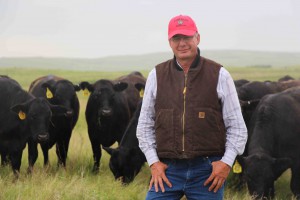 “We’re producing a product that other people are going to eat and we keep that in mind every day,” Richard says. “Every step we take along the way has been to make sure that we produce something quality.”
“We’re producing a product that other people are going to eat and we keep that in mind every day,” Richard says. “Every step we take along the way has been to make sure that we produce something quality.”
